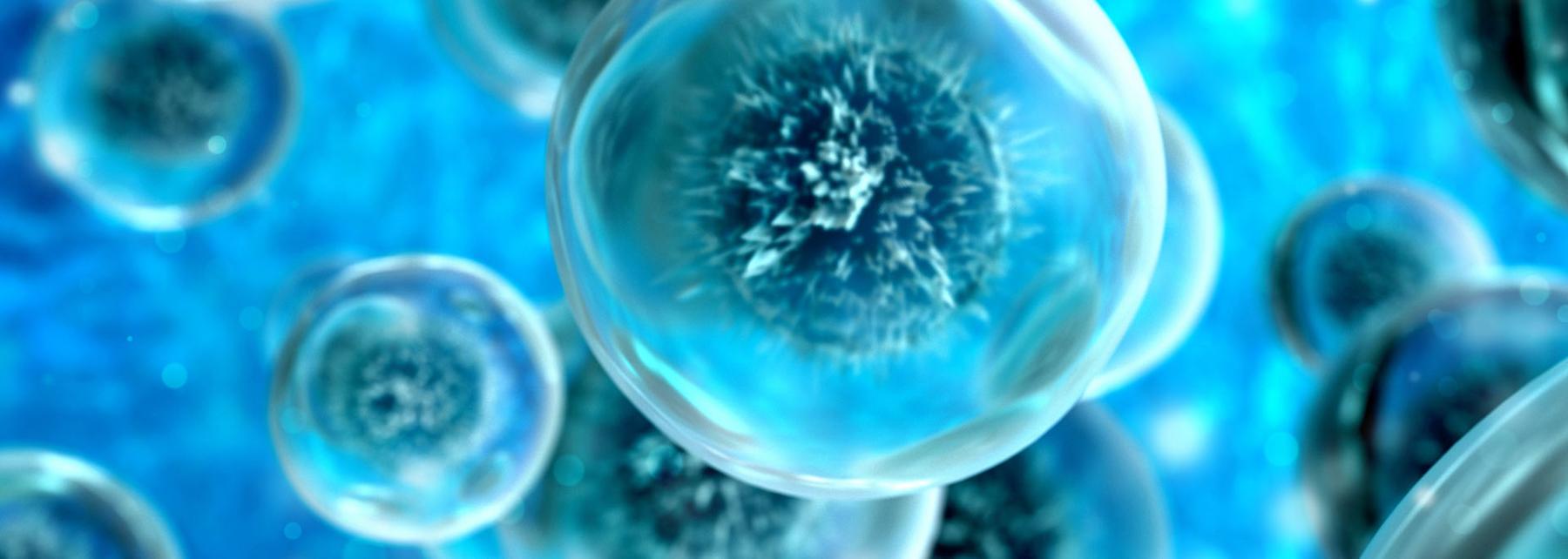
Modeling Cellular Respiration: How is the Mitochondrion the "Powerhouse" of the Eukaryotic Cell?
by Cristi Sims
This is best for high school AP/IB/Honors Biology students for using clay and miscellaneous items to model and then film their model of Cellular Respiration to better understand how the Electron Transport Chain generates energy in the form of a proton gradient that allows for simple diffusion of those protons through ATP Synthase which turns and attaches a phosphate group to ADP thus creating ATP, the chemical "power" of cells.
Lesson Plan Link/URL
https://docs.google.com/presentation/d/1dSBeYkBGJbZWCA4XSf1xw7hwnsUtRUYz/edit?u…Related Content

Grades:
7th Grade, 8th Grade, 9th Grade, 10th Grade, 11th Grade, 12th Grade
This lesson is a whole unit on energy. It can be broken up into 10 separate lessons. I chose to put them all together so that it was easier to see how I organized them so you did not have to search

Grades:
8th Grade, 9th Grade, 10th Grade, 11th Grade, 12th Grade
A lesson designed for an engineering course but that can be used in a science course where we investigate the physics of waves and how it can be applied to the world of art. Students will design and

Grades:
9th Grade, 10th Grade, 11th Grade, 12th Grade
In this lesson students evaluate the advantages and disadvantages of conventional, petroleum-based plastics, bioplastics, and their different varieties. The lesson is driven by class/group research

